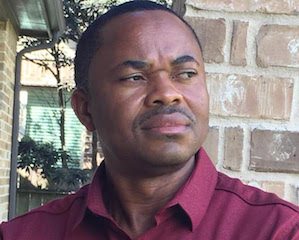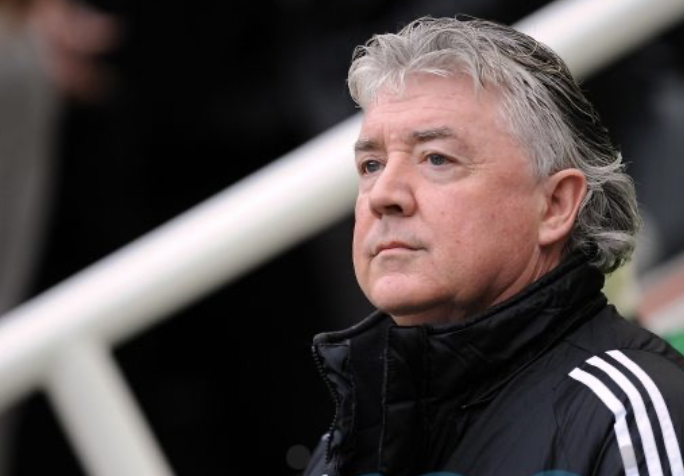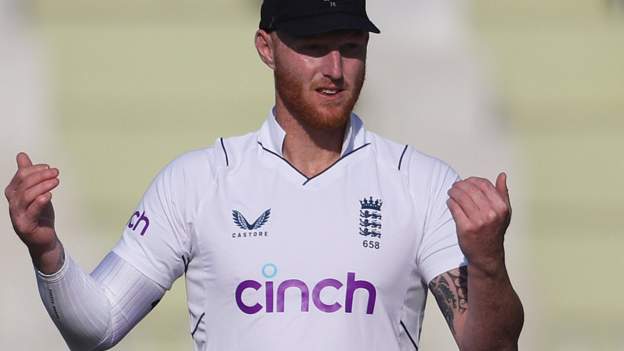Unpacking the Conflagration in Central Africa (2): The Congo Wars, By Osmund Agbo

The conflagration now involves eight African countries and more than 120 militia groups that daily sponsor terrorism in the Democratic Republic of Congo, in what is known as Africa's global war. Kenya recently spearheaded efforts to broker peace, bringing together leaders from the East African Community, a seven-nation regional bloc that includes both Congo and Rwanda. On July 6 this year, the presidents of Congo and Rwanda met in Angola to discuss the escalating violence…
Since the start of the Russian-Ukrainian war in February this year, thousands of people have worked in their first graves. Many more people have also been displaced and are struggling with life outside their home countries. Casualties to date, according to a senior US official, are as follows: an equal dumping of approximately 200,000 Russian and Ukrainian troops and 40,000 civilians. The war grabbed the headlines, with the United States spending billions of dollars in aid to Ukraine and the European Union doing the same. But somewhere in the Central African nation of Congo has seen the deadliest conflict since World War II, where an estimated 1,000 people die every day from starvation and war-related disease. In 2008, the war and its consequences were estimated to have caused 5.4 million deaths. Yet the Congo war doesn't get half the attention as that in Ukraine and tops the list of what Reuters, the British news agency, has called "forgotten crises".
Officially known as the Democratic Republic of the Congo, the country is often referred to by its acronym, the DRC or Congo-Kinshasa to distinguish it from the other state of the Congo, which is officially called the Republic of the Congo or Congo -Brazzaville in popular nomenclature. The Congo is home to the second largest rainforest in the world, crucial to the issue of global warming. It has been described as a treasure trove of natural resources and boasts of vast deposits of industrial diamonds, gold, copper and cobalt.
The Congo is bound to the north by South Sudan and the Central African Republic; to the east by Uganda, Burundi, Rwanda and Tanzania; to the southeast by Zambia; and the southwest by Angola. These boundaries become important when examining the conflict in the region. With a population of approximately 108 million, the Democratic Republic of the Congo is the fourth most populous country in Africa and has the largest number of French speakers in any single country in the world.
King Leopold II officially acquired the rights to the Congo territory during the Scramble for Africa at the time of the Berlin Conference which began in November 1884 and made the land his private property. He named it the Congo Free State, with its capital at Léopoldville, which was later renamed Kinshasa. In the Free State of King Leopold, the colonial army forced the local population to produce rubber, the sale of which made the fortune of the king and his country.
During the period from 1885 to 1908, millions of Congolese fell victim to widespread atrocities and an estimated 10 million people died as a result of exploitation and disease. Several of the king's buildings stand today in the Belgian capital, Brussels, in testimony to this inglorious era.
Over time, however, news of the abuse began to circulate among Europeans. The Belgian government, reluctant to act but faced with growing international pressure, forced Leopold II to set up an independent commission of inquiry. His findings confirmed reports of abuse, concluding that Congo's population had been "halved" during this period. On October 18, 1908, the Belgian parliament votes in favor of dispossession of King Leopold of his powers and claims the Congo as a Belgian colony.
Even though the Second Congo War officially ended in July 2003, in recent decades there has been a fragile peace. Congo accused Rwanda of supporting the M23 rebel group, which killed civilians, although the accusation was denied by Rwanda, which in turn accused Congo of attacking its border. Each side accused the other of firing rockets across the border, and relations between the two countries remained strained.
The transition from the Congo Free State to the Belgian Congo...


The conflagration now involves eight African countries and more than 120 militia groups that daily sponsor terrorism in the Democratic Republic of Congo, in what is known as Africa's global war. Kenya recently spearheaded efforts to broker peace, bringing together leaders from the East African Community, a seven-nation regional bloc that includes both Congo and Rwanda. On July 6 this year, the presidents of Congo and Rwanda met in Angola to discuss the escalating violence…
Since the start of the Russian-Ukrainian war in February this year, thousands of people have worked in their first graves. Many more people have also been displaced and are struggling with life outside their home countries. Casualties to date, according to a senior US official, are as follows: an equal dumping of approximately 200,000 Russian and Ukrainian troops and 40,000 civilians. The war grabbed the headlines, with the United States spending billions of dollars in aid to Ukraine and the European Union doing the same. But somewhere in the Central African nation of Congo has seen the deadliest conflict since World War II, where an estimated 1,000 people die every day from starvation and war-related disease. In 2008, the war and its consequences were estimated to have caused 5.4 million deaths. Yet the Congo war doesn't get half the attention as that in Ukraine and tops the list of what Reuters, the British news agency, has called "forgotten crises".
Officially known as the Democratic Republic of the Congo, the country is often referred to by its acronym, the DRC or Congo-Kinshasa to distinguish it from the other state of the Congo, which is officially called the Republic of the Congo or Congo -Brazzaville in popular nomenclature. The Congo is home to the second largest rainforest in the world, crucial to the issue of global warming. It has been described as a treasure trove of natural resources and boasts of vast deposits of industrial diamonds, gold, copper and cobalt.
The Congo is bound to the north by South Sudan and the Central African Republic; to the east by Uganda, Burundi, Rwanda and Tanzania; to the southeast by Zambia; and the southwest by Angola. These boundaries become important when examining the conflict in the region. With a population of approximately 108 million, the Democratic Republic of the Congo is the fourth most populous country in Africa and has the largest number of French speakers in any single country in the world.
King Leopold II officially acquired the rights to the Congo territory during the Scramble for Africa at the time of the Berlin Conference which began in November 1884 and made the land his private property. He named it the Congo Free State, with its capital at Léopoldville, which was later renamed Kinshasa. In the Free State of King Leopold, the colonial army forced the local population to produce rubber, the sale of which made the fortune of the king and his country.
During the period from 1885 to 1908, millions of Congolese fell victim to widespread atrocities and an estimated 10 million people died as a result of exploitation and disease. Several of the king's buildings stand today in the Belgian capital, Brussels, in testimony to this inglorious era.
Over time, however, news of the abuse began to circulate among Europeans. The Belgian government, reluctant to act but faced with growing international pressure, forced Leopold II to set up an independent commission of inquiry. His findings confirmed reports of abuse, concluding that Congo's population had been "halved" during this period. On October 18, 1908, the Belgian parliament votes in favor of dispossession of King Leopold of his powers and claims the Congo as a Belgian colony.
Even though the Second Congo War officially ended in July 2003, in recent decades there has been a fragile peace. Congo accused Rwanda of supporting the M23 rebel group, which killed civilians, although the accusation was denied by Rwanda, which in turn accused Congo of attacking its border. Each side accused the other of firing rockets across the border, and relations between the two countries remained strained.
The transition from the Congo Free State to the Belgian Congo...
What's Your Reaction?






















